‘A people that does not know its history is like a child that does not know its parents'. Nicolae Iorga
Hello travellers,

In today's post I will tell you about a site still shrouded in mystery, which has generated many ideas, today we see together - Sarmisegetusa Regia also known as the centre of the Dacian world.
Where is Sarmisegetusa Regia located?
The archaeological site of Sarmizegetusa is located in the village of Grădiștea Muncelului in Hunedoara county.
Belonging administratively to Grădiștea de Munte, the capital of the Dacian Kingdom is accessible by car and the road to the archaeological site is paved.
History of the place,
The settlement at Gradistea de Munte, remains the largest settlement dated to the late Iron Age period on the current territory of Romania.
The most recent studies have reported the site's actual dimensions, which cover an area of about 5.5km.

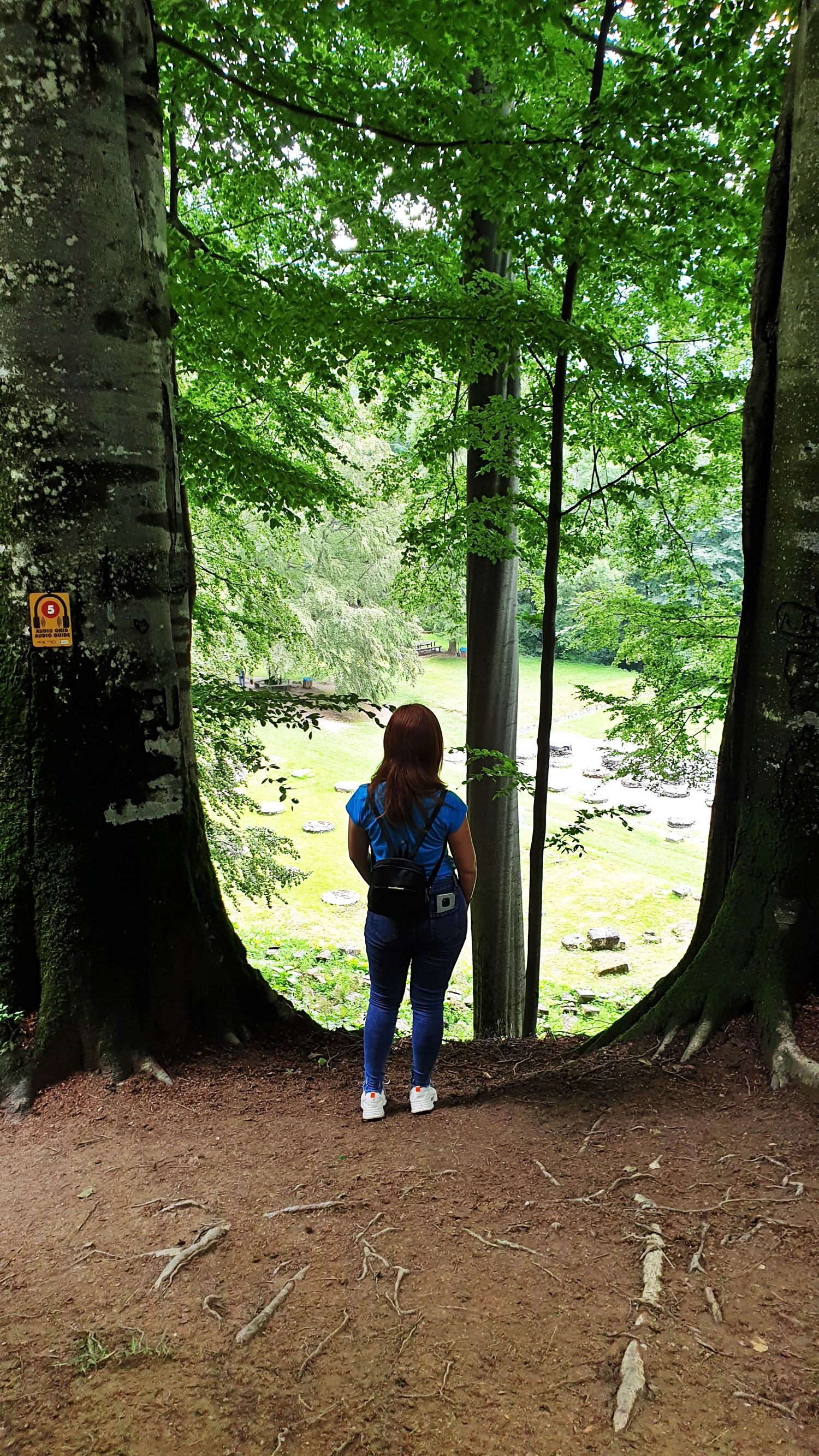
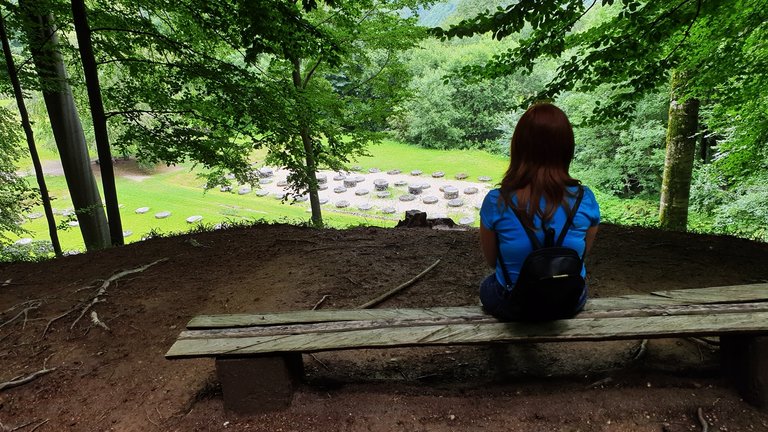
The local people at that time were very clever, they set up a lot of terraces in the hill, most of them exposed on the southeast side of the hill, sunnier, because of the cold climate, and wet where snow could persist for several months.
The first archaeological researches in the area were carried out in the first years after the end of the First World War, but a larger project in Gradistea de Munte can be talked about only after 1950.

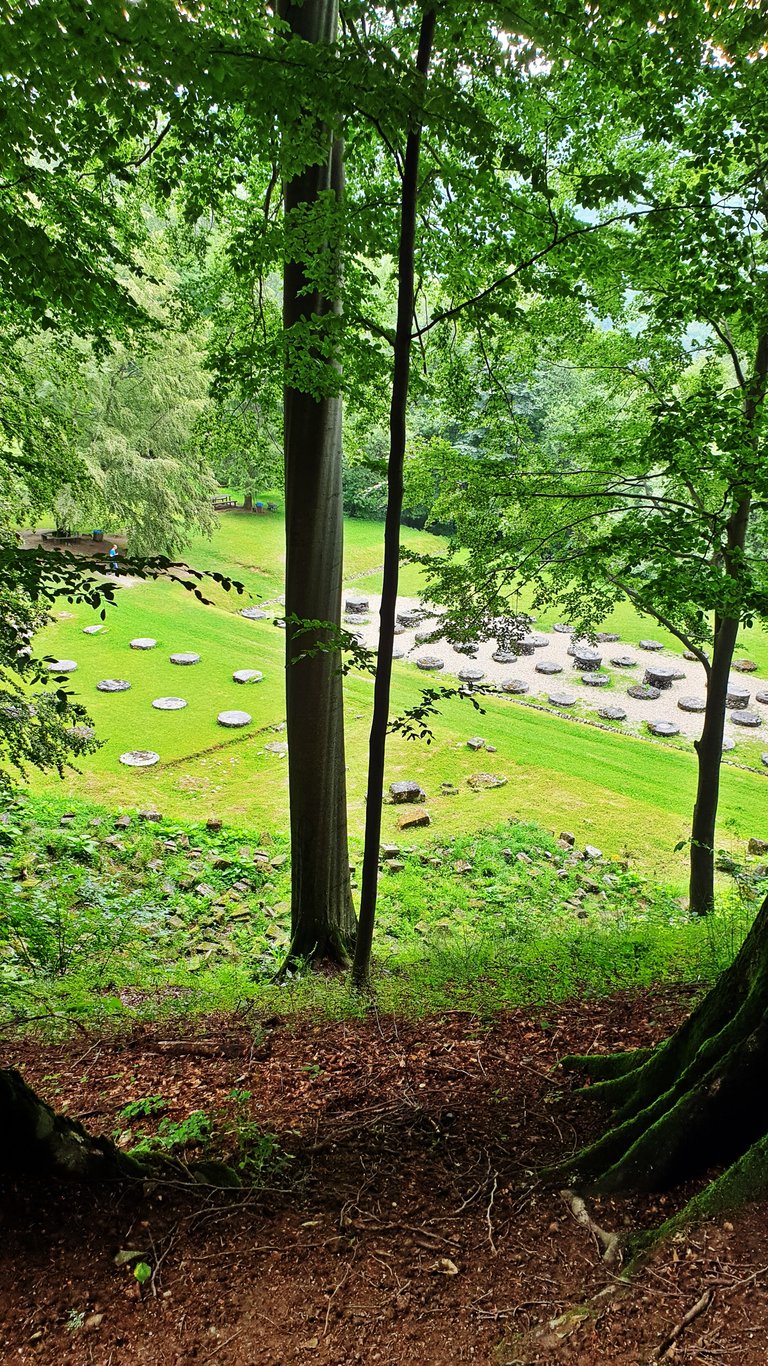
Here were discovered cult buildings, metal workshops, water capture installations, civil constructions adapted to the mountain area.
Sarmisegetusa Regia was organized in three parts:
1.The Fortress - a fortification of limestone blocks was erected at the highest point to ensure safety.
2. The Sacred Area - was located near the stone fortress, it included of course an altar.
3. Civil Settlement - research has shown that the civil settlement developed on the terraces built by them, moreover here were discovered a lot of houses but the most important discovery here were the clay pots with the stamp DECEBALVS PER SCORILO.









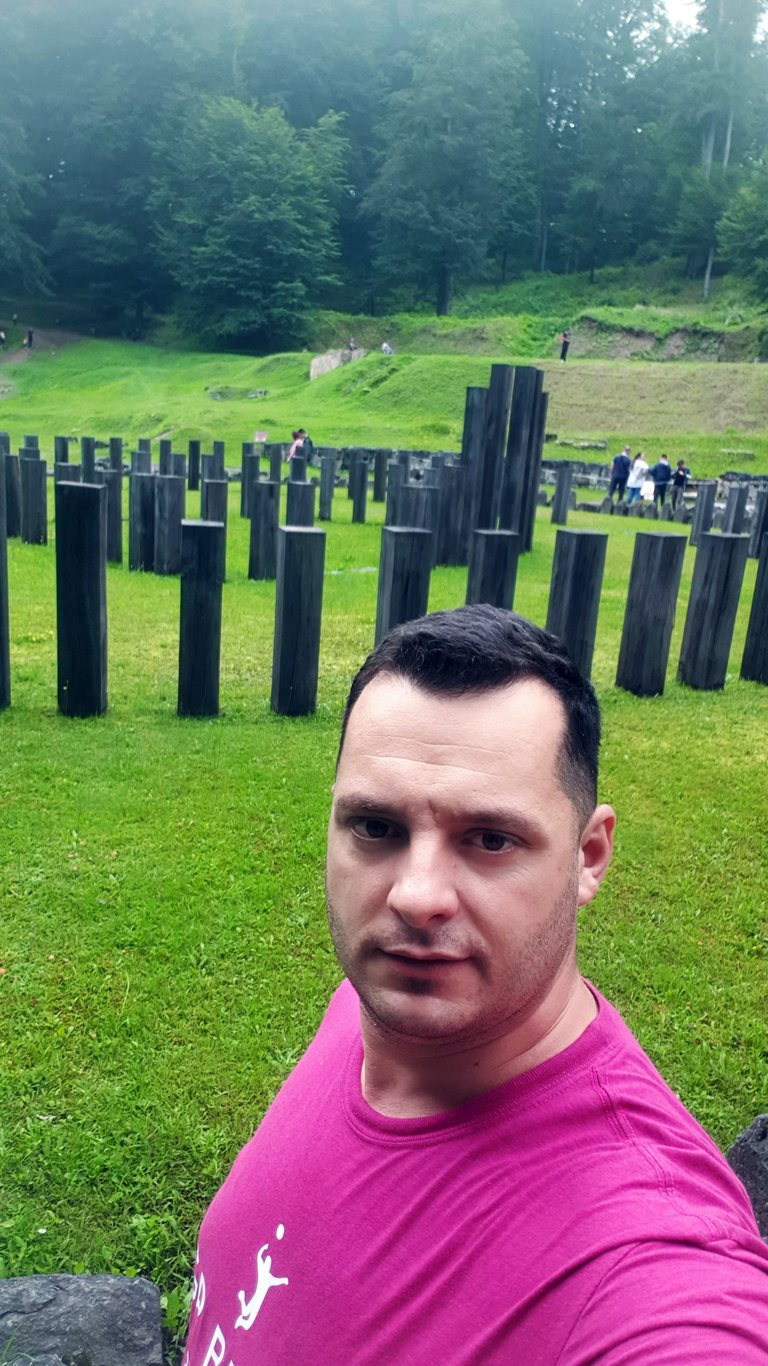

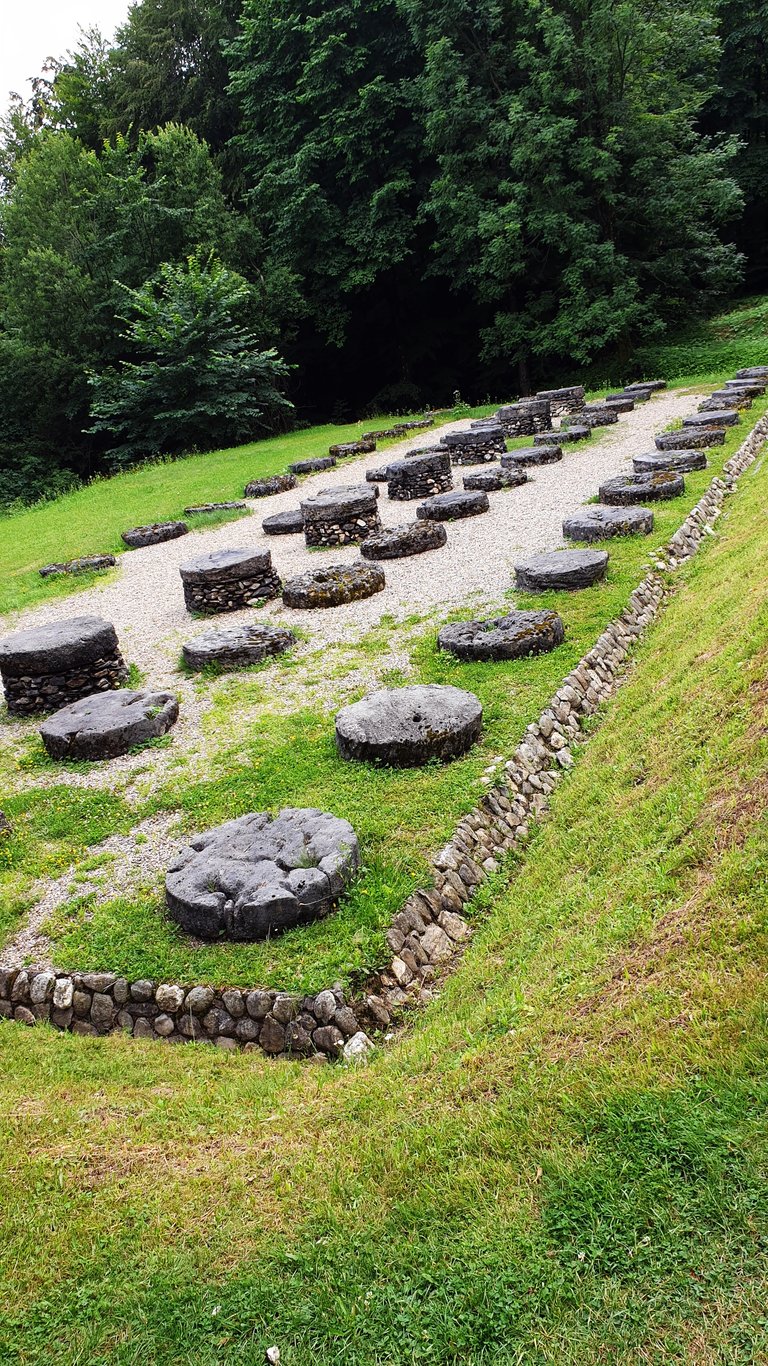
For almost a century and a half, Sarmizegetusa Regia was the capital of the Dacian Kingdom ruled by Burebista and the main political, religious, economic and military centre of the Dacian world.





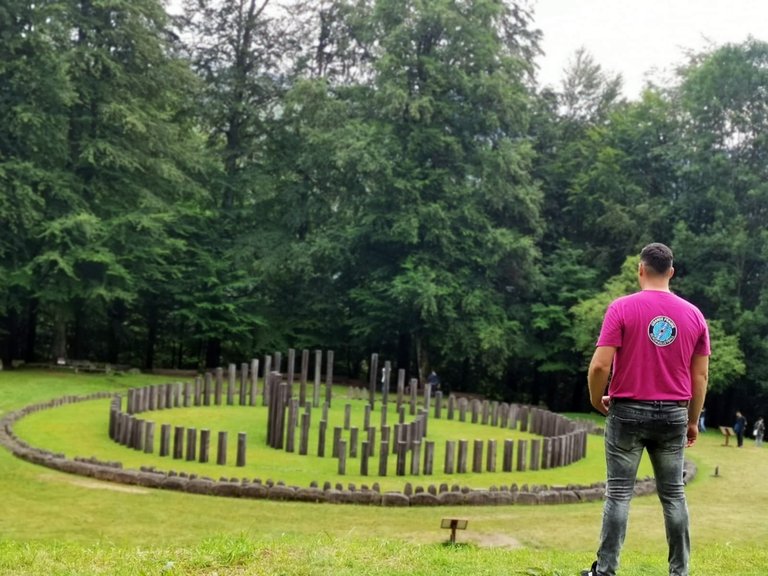






Access by car is via Orăștie - Costești - Grădiștea de Munte.
After a rather strenuous climb, we arrived at the ticket office.
Sarmizegetusa Regia Visitor Programme:
a) from 1 May to 30 September, daily from 09.00 to 20.00;
b) from 1 March to 30 April and from 1 October to 30 November, daily from 09.00 to 18.00;
(c) from 1 December to 28/29 February, daily from 10.00 to 15.00, weather permitting.
Entrance fee: 10 lei/2euro adults, 5lei/1euro children
A reminder that the last entry is 30 minutes before closing time.
This person drinks cold, pure water from a spring that has been used since ancient times, located in the mountains at a height of 1200 m, as soon as you start approaching this area you feel all kinds of energies, I think because of the charge of this area.


Perhaps you will ever go to Sarmizegetusa and tread with your own feet on the same land where once the Dacians walked proudly and invincibly.
The images and text you just read were taken by me.




